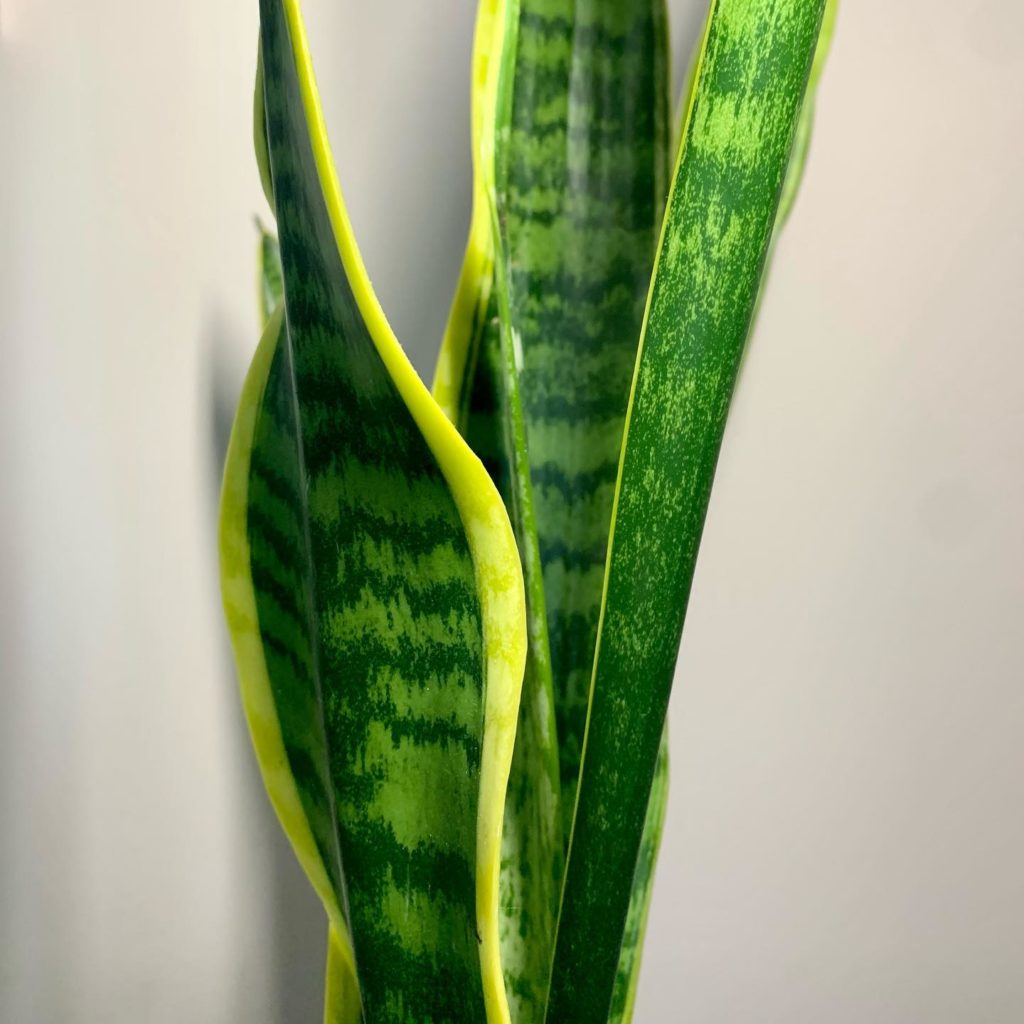Many house plants are strategically placed to decorate and maintain Feng Shui. Did you know that many of the same plants have health benefits as well? Snake Plant is biological name is, Dracaena trifasciata, is a species of flowering plant in the family Asparagaceae, native to tropical West Africa from Nigeria east to the Congo.
The snake plant is a well-known plant that can improve air quality. Continue reading to find out more about the snake plants, their health benefits and how to care.
Table of Contents
Snake Plant Benefits
The snake plant, also known as mother-in law’s tongue, can grow up to 6 inches and several feet. Snake plants are not only beautiful, but they also provide a lot of health benefits.
Here is the most beneficial and common use of Snake Plant:
- Like some other members of its genus, D. trifasciata yields bowstring hemp, a strong plant fiber once used to make bowstrings.
- It is used primarily as an ornamental and indoor plant. Because it can withstand low light levels and irregular watering, it is popular as a houseplant. In winter it only requires one watering per month.
- It can easily become rotif it is overwatered.
- This plant is popular among houseplant enthusiasts, and beginners who are interested in growing them.
- The NASA Clean Air Study found D. trifasciata has potential to filter indoor air, removing 4 of the 5 main toxins involved in the effects of sick building syndrome.
- The plant contains saponins which are mildly toxic to dogs and cats and can lead to gastrointestinal upset if consumed.

Snake Plant Famous For
- Snake Plant Filter indoor air, even at night
- Remove toxic pollutants
Snake Plant Wiki
| Snake Plant | Wiki |
|---|---|
| Biological Name | Dracaena trifasciata |
| Kingdom | Plantae |
| Clade | Tracheophytes |
| Family | Asparagaceae |
| Snake Plant Height | 6 – 7 feet tall |
| Species | D. trifasciata |
| Genus | Dracaena |
| Subfamily | Nolinoideae |
What is a snake plant?
The Sansevieria Trifasciata, a common houseplant is native to Asia as well as Africa. It is easily identified by its evergreen, sword-shaped leaves. They grow straight up and almost resemble artificial leaf.
Snake plants are a popular choice for home decor. They’re beautiful, easy to maintain, and require very little water.
Although these plants are generally considered safe, they can be mildly toxic if eaten. If eaten in large quantities, the poison can cause swelling and numbness to the tongue. This plant should be kept away from children and other animals that may be prone to nipping.

How many types of Snake Plant?
The most common form of snake plant leaves is slender, shady green leaves with silver or grey horizontal streaks. This plant can reach several feet in height and thrives in low-light environments.
These plants come in a variety of sizes. Some of the most common are:
- Bird’s nest snake plant – Also known to as the Hahnii, this plant is quite small, growing to only 6 inches tall. The leaves form clusters that closely resemble a cup, similar to a bird’s nest.
- Cylinder snake plant – Sansevieria Cylindrica’s round leaves can reach several feet in length. These leaves look like a crown and extend outwards.
- Laurentii Sansevieria – The Laurentii is also a popular snake plant, known for its green-colored center and yellow margins.
How to take care of Snake Plant?
One of the best reasons to include snake plants in your decor is because they require little maintenance and don’t need much attention. They are resilient and hardy and can survive in dry conditions, indoors or out.
- Don’t overwater – This plant is susceptible to water overload. To avoid rotting, place a snake plant into a well-drained container. Water the soil only when it is completely dry.
- Direct sunlight is the best – For snake plants, partial sun is best. It can grow in dark corners and in brighter areas, however. The leaves can become dull and floppy if they are completely shaded.
The takeaway
- Snake plants have been proven to be just as visually attractive as they are useful. They can be grown indoors or outdoors with very little maintenance.
- Snake plants are also good at filtering indoor air. This can help you stay safe and healthy. You can add a snake plant in your home to improve your health.
Snake Plant Appearance
How does Snake plant looks alike? A yellow-tipped cultivar, which is native to Africa, is linked with Oya the female Orisha storms. It is often associated with Ogun in Nigeria, the Orisha for war and used in rituals to remove evil eye. Brazil’s common name Espada de Sao Jorge ties it to Saint George who is, by syncretism, also associated with Orisha Ogun.
Snake Plant Common Names
- Saint George’s sword
- Snake plant – because of the shape and sharp margins of its leaves
- It is also known as the “viper’s bowstring hemp”, because it is one of the sources for plant fibers used to make bowstrings.
